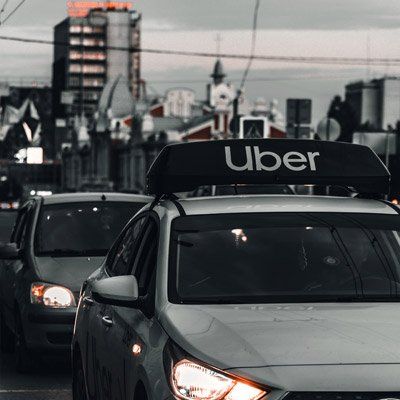Category 1 - drivers that have initiated the application but have not yet connected with a passenger.
The law requires that rideshare companies provide liability coverage in the amount of:
- $25,000 per person/$50,000 per collision, and
- $20,000 in property damage.
THESE COVERAGES DO NOT PROTECT THE DRIVER OF THE VEHICLE. They only protect damages caused by the driver (to other motorists). Under Category 1, the rideshare company does not provide the driver or any passengers with uninsured motorist coverage or underinsured motorist coverage (“UM/UIM”). So if a driver has the app on, but has not yet been matched with a passenger, the driver is not afforded any protection if the driver is involved in a collision with an uninsured motorist. This is important, since estimates indicate that approximately 30% of the vehicles in Arizona are uninsured.
A rideshare driver might respond by saying, “So what, I have UM/UIM coverage through my own personal automobile insurance policy.” A driver’s own UM/UIM policy provides a false sense of security. Most personal automobile insurance policies now include language that specifically excludes any coverage to a driver once the driver has “logged in” to an app. This means that a driver does not have his/her own policy to fall back upon to fill the gap.
Thus, the “hole” in your policy is the fact that a rideshare driver does not have uninsured motorist or underinsured motorist coverage while driving with the app on until the driver has “connected” with a passenger.
That takes us to Category 2 - drivers that have initiated the application and have “connected” with a passenger.
Again, there is a hole in the driver’s coverage. Arizona law requires that rideshare companies provide the following coverages once a connection has been made:
- $250,000 in liability coverage (for injuries and damages caused to someone else), and
- $250,000 in uninsured motorist coverage (UM).
Category 2 drivers do get the added benefit of UM coverage, but the coverage does not provide underinsured motorist coverage (coverage that applies when a person’s damages exceed the at-fault driver’s policy limits). Just as in Category 1, the driver cannot fall back upon his or her own personal automobile insurance policy for coverage.
How to resolve this problem:
If you are performing any kind of rideshare services, be sure to inform your personal automobile insurance carrier and ask for additional coverage applicable to your rideshare duties. The carrier will provide you with a rider or addendum to your policy that will provide you with these additional coverages and plug the hole that presently exists in your rideshare coverage.


